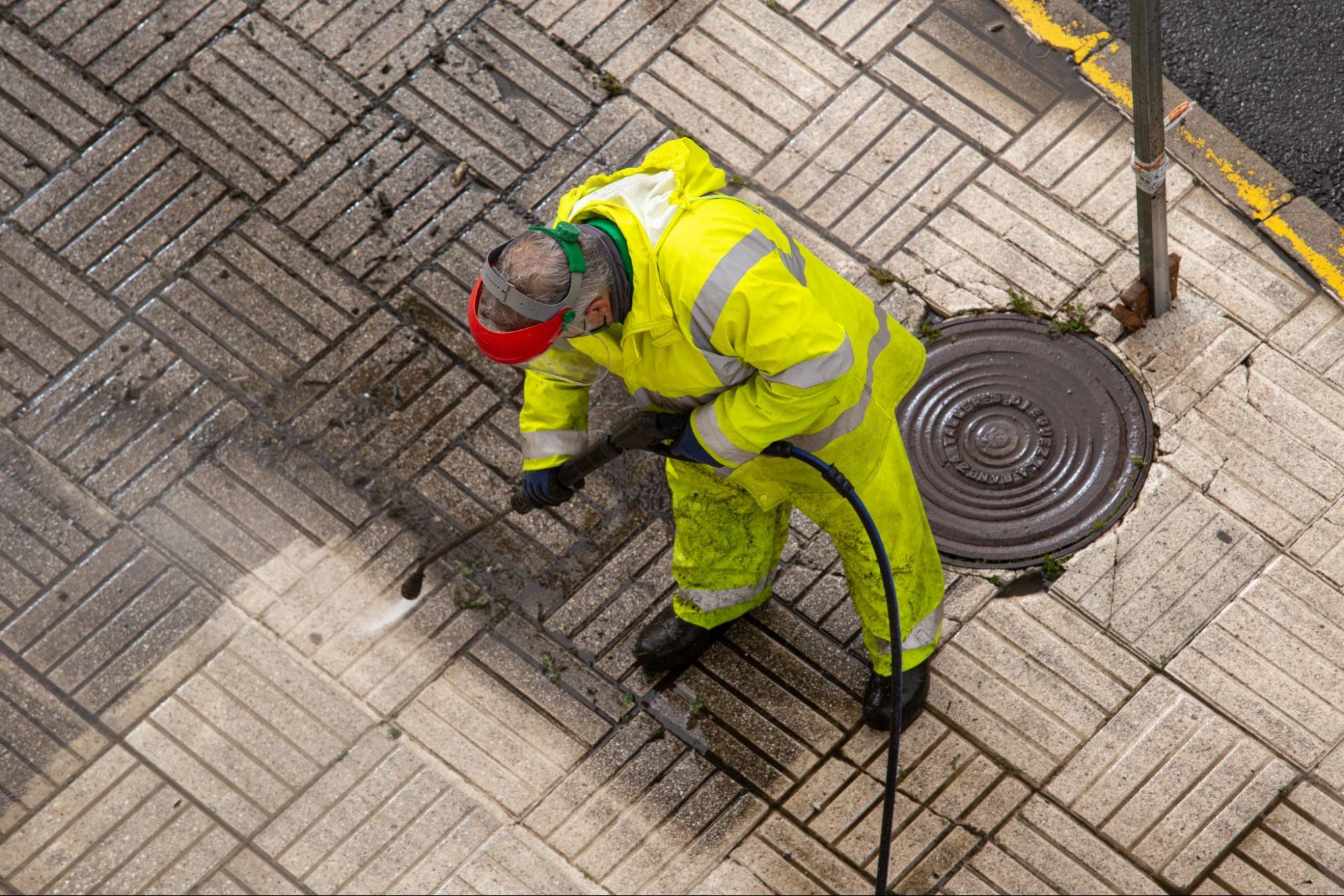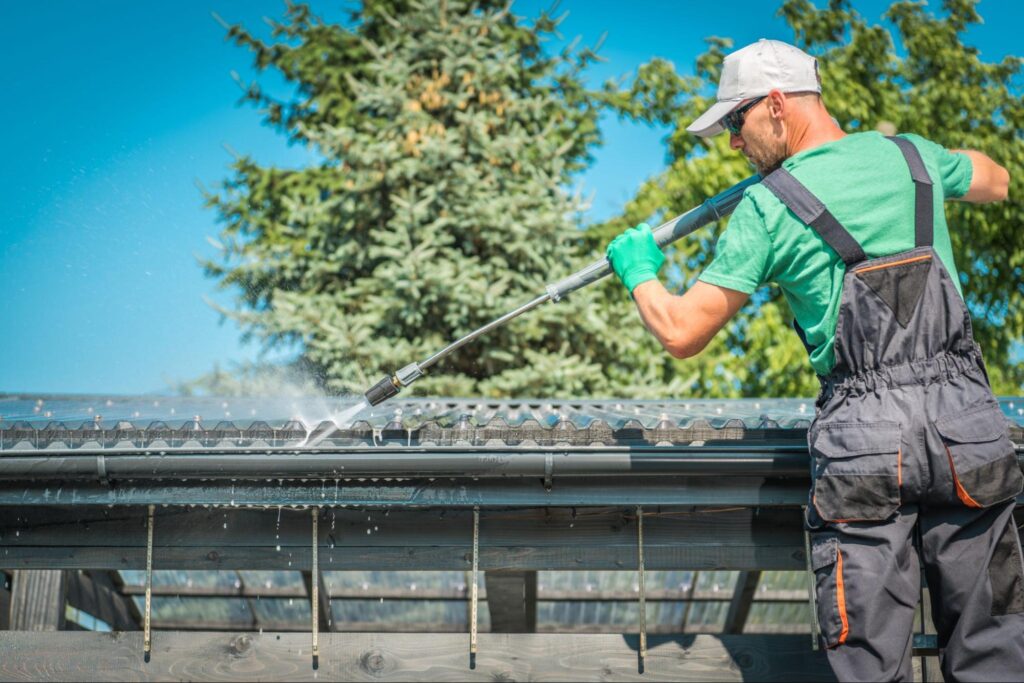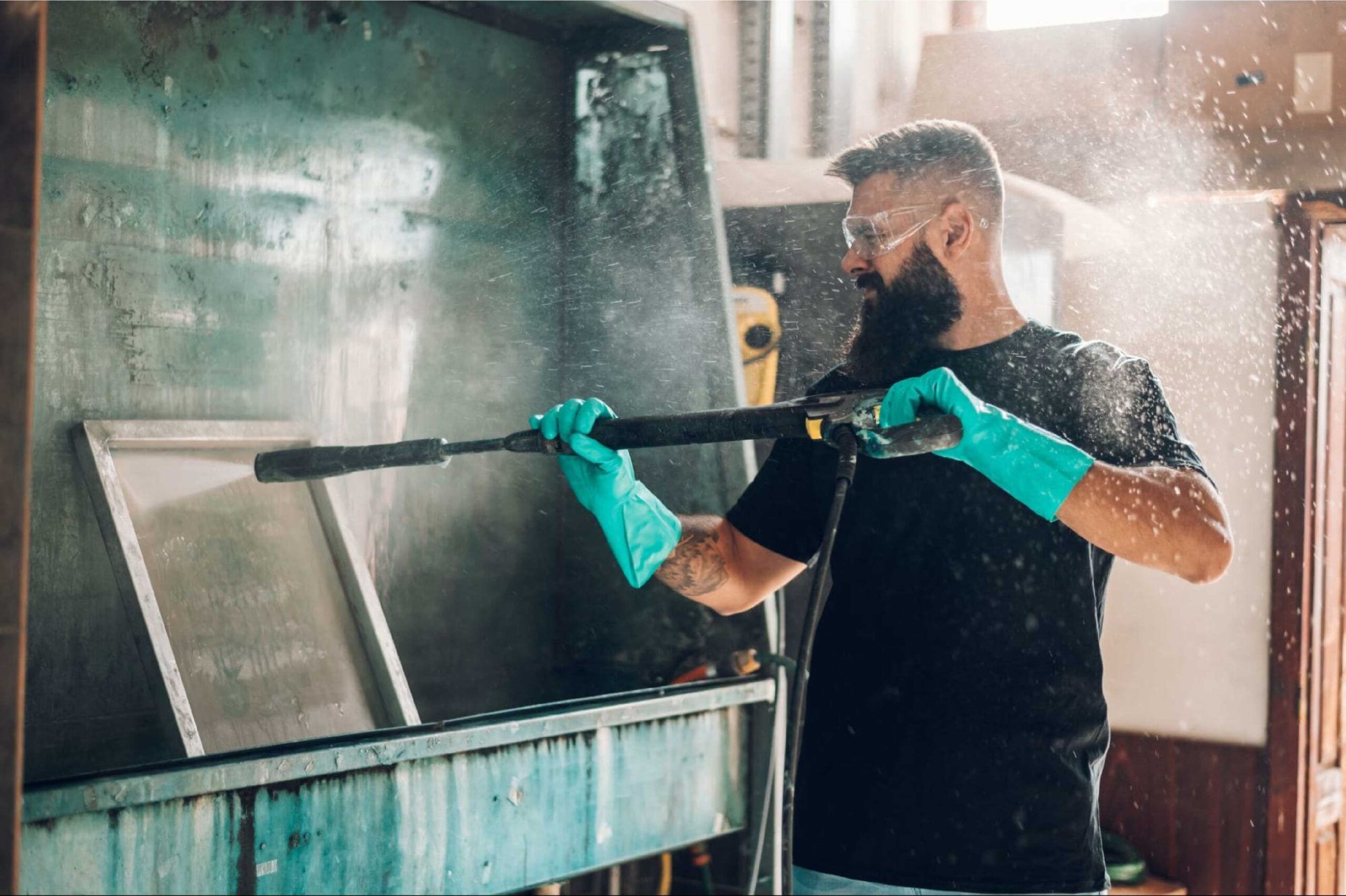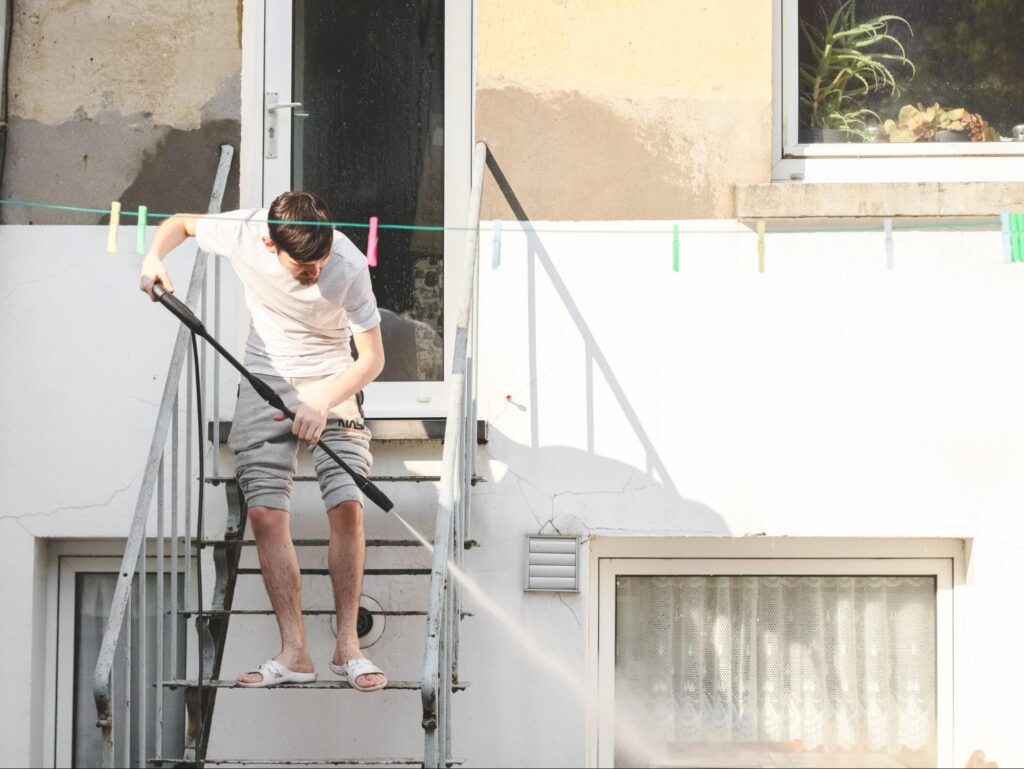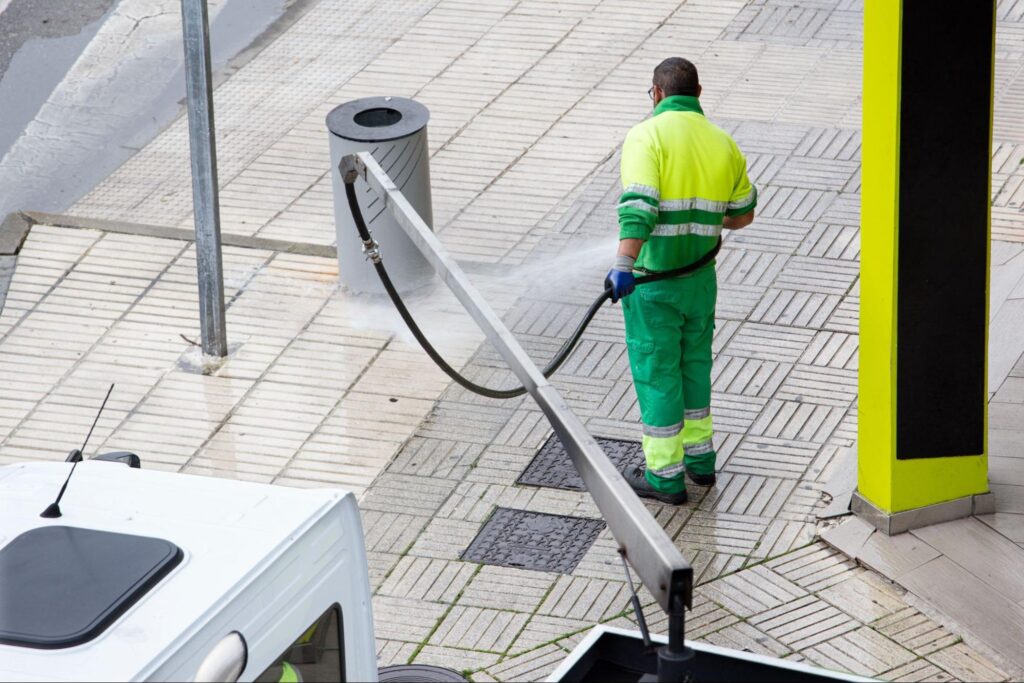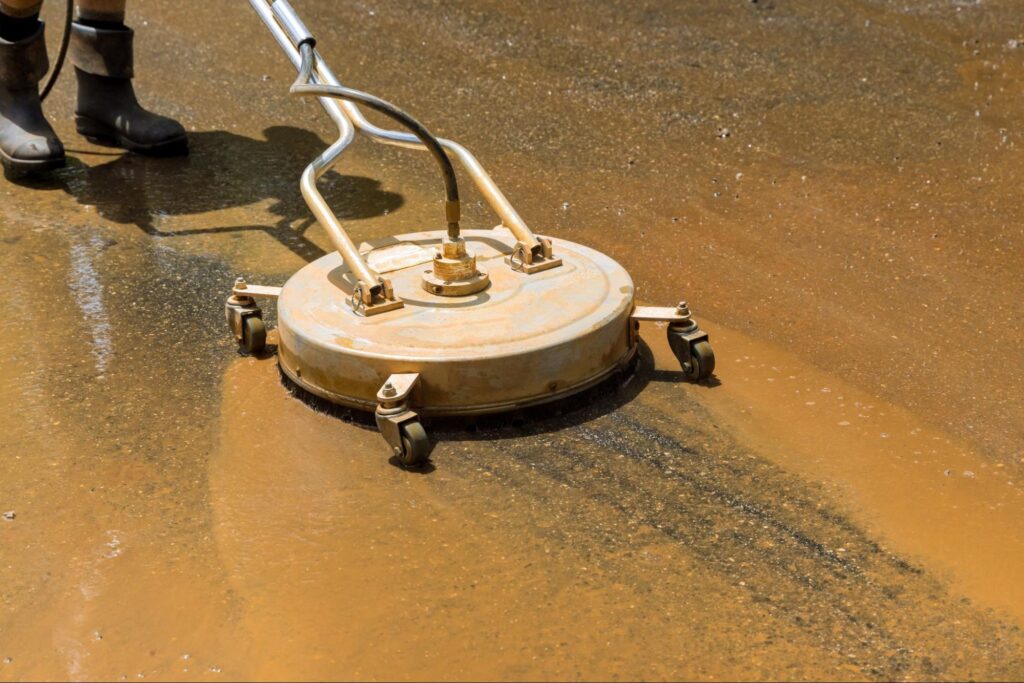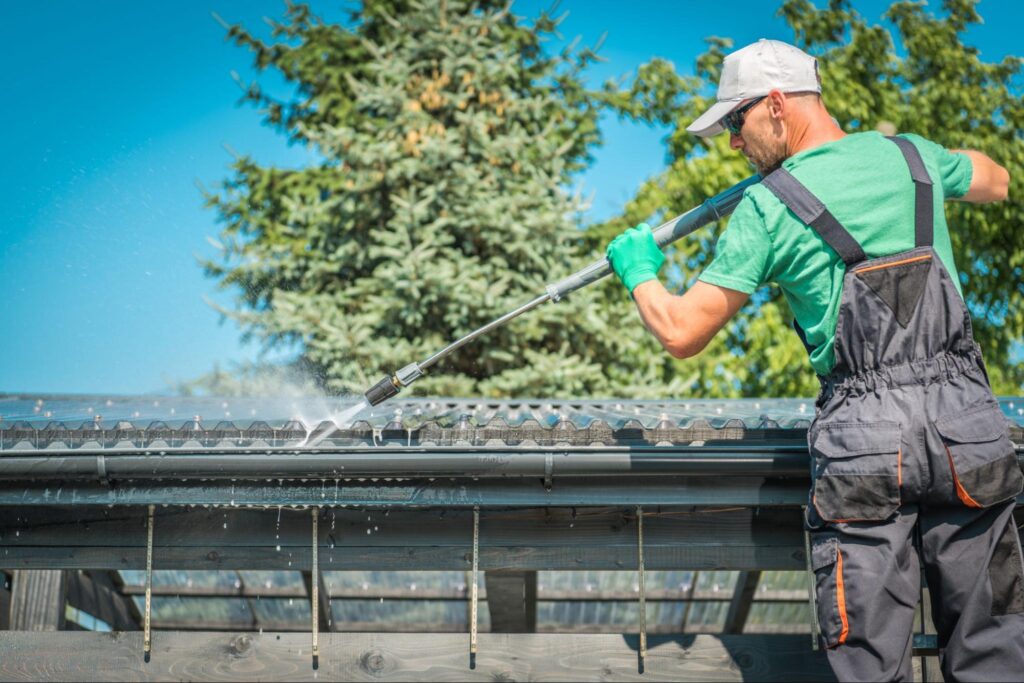How Often Should You Invest in Roof Gutter Cleaning?
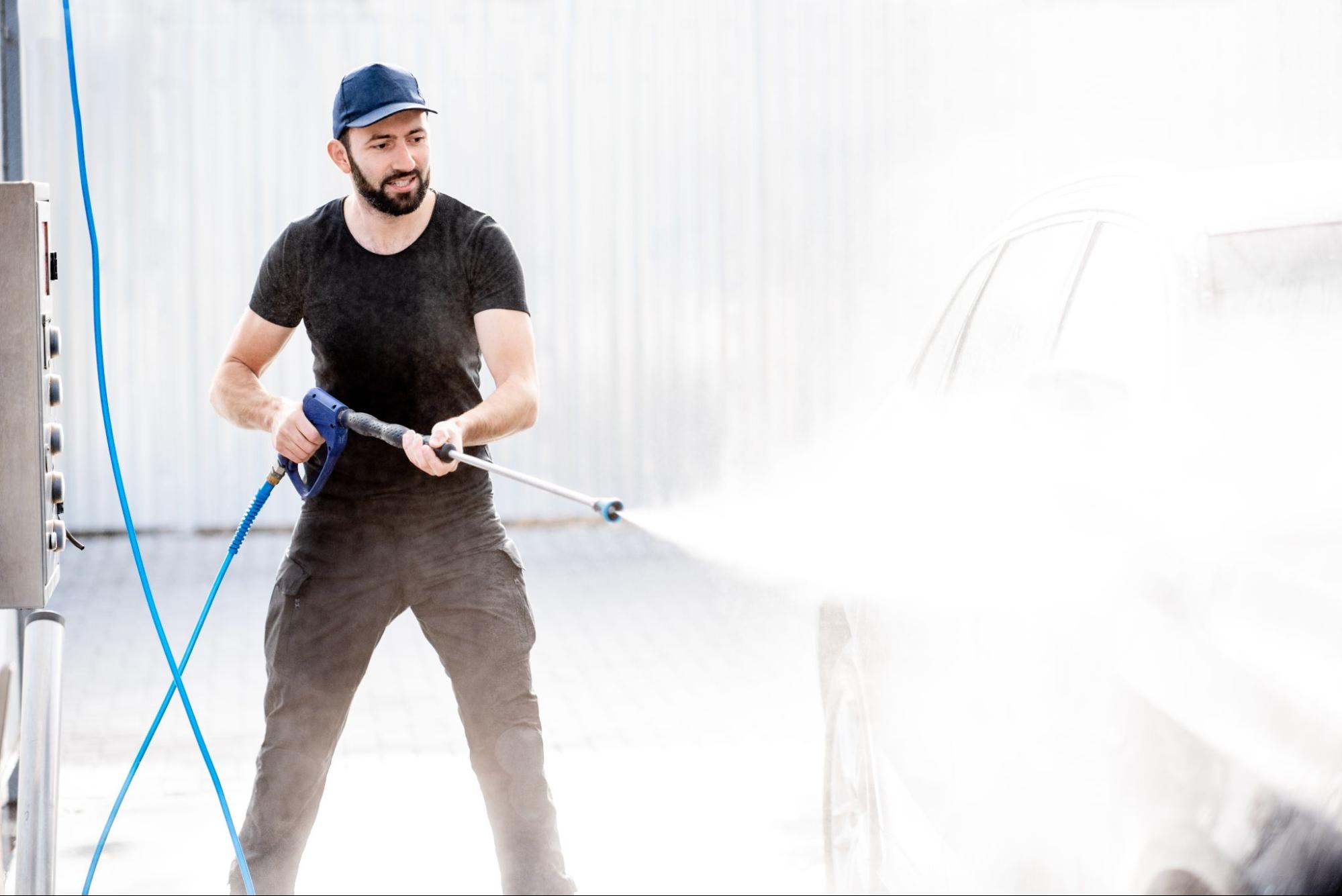
At its core, pressure washing uses water velocity to lift grime from hard surfaces, but the way you apply that force separates a weekend project from professional work. Do-it-yourselfers typically run compact, cold-water machines with modest flow and a handful of tips. Pros design a plan around the property’s materials and soils, then choose tools and chemistry that clean at a lower risk and higher speed. When you compare outcomes across driveways, siding, decks, and walkways, the gap usually appears in uniformity, the duration of the clean, and any finishes that were stressed along the way. That’s the real difference between casual rinsing and well-executed pressure washing services.
Pressure Wash Services Equipment Differences You Can Feel
Professional rigs prioritize gallons per minute for faster coverage and cleaner rinses, while many homeowner machines rely solely on pressure. Heat is another dividing line: hot water unlocks greasy stains on concrete and loading areas that cold water struggles to move. Add-ons like surface cleaners, telescoping wands, and soft-wash applicators push quality higher and reduce the chance of striping or overspray.
Flow and Pressure Basics
Flow carries soils away and prevents redeposit, while pressure provides cutting action—both must be balanced for the surface.
Heat and Chemistry Access
Heated water and purpose-made cleaners let you use less force on delicate materials with better results.
Tools that Speed Work
Shrouded surface cleaners blend patterns on flats and pivot wands improve control at eaves.
Technique and Surface Protection With Pressure Wash Services
Surfaces fail when technique ignores how water behaves at edges and seams. Professionals start wide and shallow, then close in only as needed, so spray glides across siding instead of into laps and vents. On brick, stone, and concrete, they pre-wet joints and maintain a steady pace to avoid carving light and dark arcs. Where organic growth anchors to paint or stucco, they lean on cleaner dwell time and low pressure rather than brute force. This approach keeps caulk lines intact, protects weep holes, and preserves texture, extending the life of coatings long after the equipment is packed away.
Pressure Wash Services Scheduling Access and Weather
Cleaning is as much about timing as it is about technique, especially around businesses or busy homes. Even light wind can carry mist onto glass or landscaping, bright sun flashes water off panels before a blade or rinse can capture it, and evening dew invites spotting if total dissolved solids are high.
Work Windows and Light
Overcast mornings make streaks easier to see and help surfaces dry evenly.
Height and Access Limits
Second stories, steep grades, and tight courtyards change what tools and methods are safe.
Runoff and Neighbors
Direct water away from entries and storm drains to avoid complaints and fines.
Safety, Liability, and Risk of Pressure Wash Services
A hose and a motor hide real hazards. High-pressure jets can etch concrete, shred soft wood fibers, and force water behind cladding where it lingers unseen. Slippery algae turns steps into a fall risk, ladders and wet roofs multiply the danger, and electrical service drops demand standoff discipline. Professionals manage these variables with job hazard analyses, hose routing plans, eye and hearing protection, and—critically—insurance. DIY efforts save cash up front, but one etched panel, soaked wall cavity, or neighbor slip can erase that advantage in a moment.
Pressure Wash Services Cost Time and Real Value
The lowest line item is not always the cheapest outcome. A compact unit may spend an entire weekend on a driveway that a high-flow rig finishes in under an hour. Soft-wash chemistry that prevents damage is more affordable than repainting after aggressive passes. and wastewater compliance, when required, carries costs that pros already anticipate and streamline. Value shows up in fewer callbacks, longer intervals between cleans, and finishes that keep performing instead of failing early.
Scope and Square Footage
Large slabs and multiple elevations reward higher flow and organized sequencing.
Callbacks and Rework
Ghosting and stripes often reappear after drying—solid technique prevents do-overs.
Opportunity Cost
Your weekend has value too; faster, cleaner work returns time to other priorities.
Quality Control and Finish of Pressure Wash Services
Uniformity is the test that harsh light never fails. Professionals standardize their lane overlaps, watch reflections to spot faint arcs, and verify that rinse water carries fines completely off the surface rather than letting them settle into a haze. Near glass and glossy doors, they monitor total dissolved solids and adjust rinse technique to avoid spots. On pavers, they protect joint sand with gentler passes and a controlled follow-up rinse. The result is an even tone across materials and edges, keeping them clean instead of blooming with residue after the crew leaves.
Pressure Wash Services When DIY Works and When to Call a Pro
Plenty of tasks land in the DIY win column. Patio furniture, first-floor vinyl touch-ups, and small walkways are manageable with a careful setup and patience. Heavy oil, deep algae on shaded stairs, second-story façades, and sensitive coatings are better served by trained hands.
Good DIY Candidates
Small, low-risk areas respond well to modest gear and a gentle plan.
Situations for Pros
Height, delicate materials, strict runoff rules, or tight timelines justify help.
Test Patch First
Try a small, inconspicuous area to confirm the method and chemistry before scaling up.
Choosing a Pressure Wash Services Provider If You Hire
Not all crews are equal, and the differences matter. Ask how they select pressures and nozzles for your substrates, when they use low-pressure methods instead of high, and how they protect joint sand in pavers or oxidized paint on older trim. Look for explicit scopes that list surfaces, stain types, and any recovery steps if water can’t reach landscaping. Request a small test clean to confirm results under your site’s light and airflow. A good provider explains tradeoffs in plain language and documents what they’ll do so expectations are aligned.
Understanding Pressure Wash Services for Homeowners
The choice between rolling out your own hose and hiring help isn’t about pride—it’s about risk, speed, and the finish you’ll live with for seasons. If your project is small, accessible, and forgiving, a careful plan can deliver solid results at minimal cost. If it’s large, high, delicate, or regulated, a professional team brings the flow, heat, chemistry, and discipline that turn cleaning into durable maintenance. Match the method to the material, the gear to the scope, and the schedule to the weather, and your exterior will look better and last longer with every pass.
Visit the A Plus Power Cleaning blog to learn more about the variety of pressure washing services.
Recent Post
-
How a Gutter Cleaner Helps Protect Roofs and Foundations
-
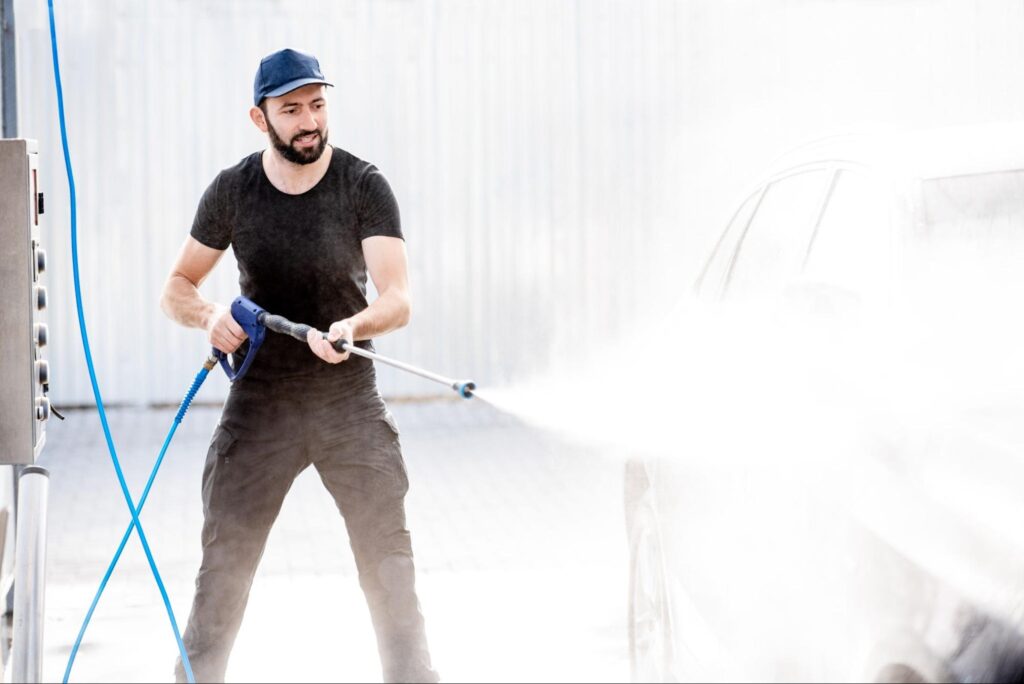 The Difference Between DIY and Professional Pressure Wash Services
The Difference Between DIY and Professional Pressure Wash Services -
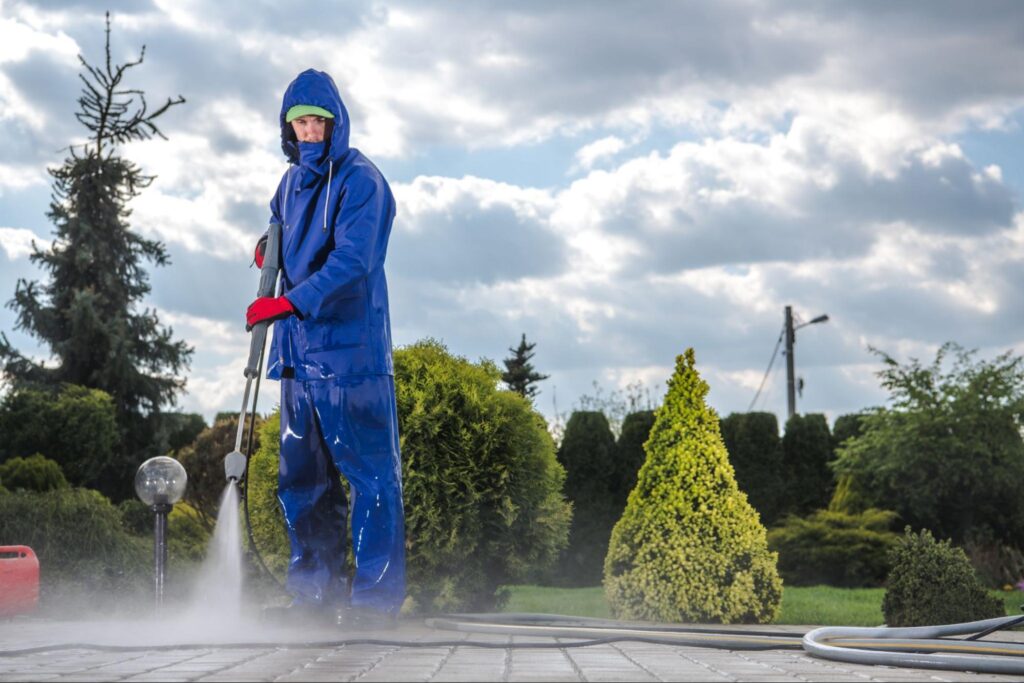 What Pressure Washer Companies Do and Why You Need Them
What Pressure Washer Companies Do and Why You Need Them -
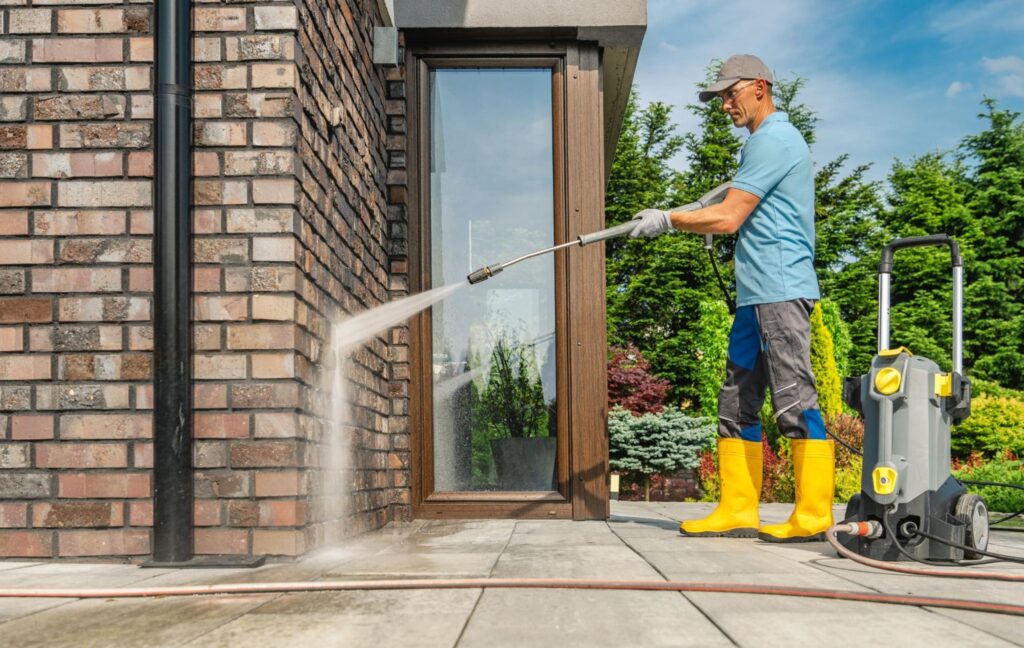 Pressure Washing vs. Soft Washing: Which Is Right for Your House?
Pressure Washing vs. Soft Washing: Which Is Right for Your House? -
Top Industries That Rely on Industrial Pressure Washing
-
The Benefits of Using a Pressure Washer for House Exteriors
-
The Difference Between Residential and Commercial Pressure Washing
-
What Is a Pressure Washer Surface Cleaner and How Does It Work?
-
The Importance of Regular Gutter Cleaning for Home Maintenance
-
How Weather Conditions Affect High Rise Window Cleaning
-
What Pressure Washing Equipment is Needed for Residential Spaces?
-
What Pressure Washing Equipment is Needed for Residential Spaces?
-
Best Times for Driveway Pressure Washing
-
Pressure Wash vs. Power Wash: What's the Difference?
-
How Often Should You Invest in Roof Gutter Cleaning?
-
Best Pressure Washing Company Near Me in Austell, GA
-
Top Power Wash Company Near Me in Chamblee, GA
-
Top Powerwash Company Near Me in Atlanta, GA
-
Top Pressure Cleaning Companies Near Me Austell, GA: A Plus Power Cleaning
-
Top Pressure Washing Companies Near Me Chamblee, GA: A Plus Power Cleaning
-
Top Pressure Cleaning Companies Near Me Atlanta, GA: A Guide to Power Cleaning Services
-
Best Electric Pressure Washer in Atlanta
-
How Much Does Roof Cleaning Cost in Marietta, GA and Atlanta, GA?
-
How Much Does Pressure Washing Cost in Georgia?
-
What is the Difference Between Power Washing and Pressure Washing
-
What Is Soft Wash Roof Cleaning
-
The Best Way to Use a Pressure Washer Surface Cleaner
-
Gutter Cleaning Services
-
Exterior House Cleaning in Roswell, GA


